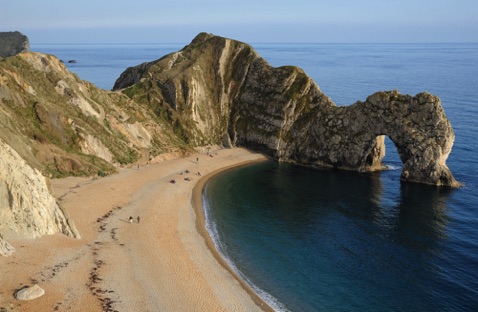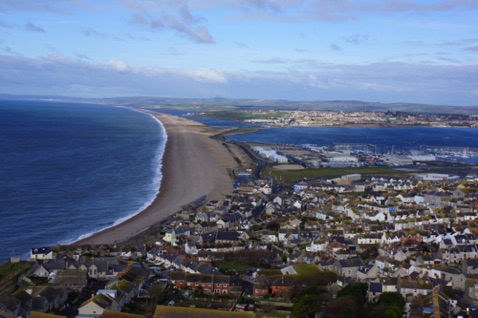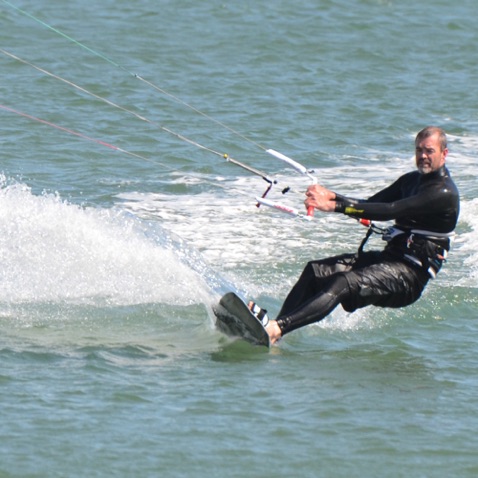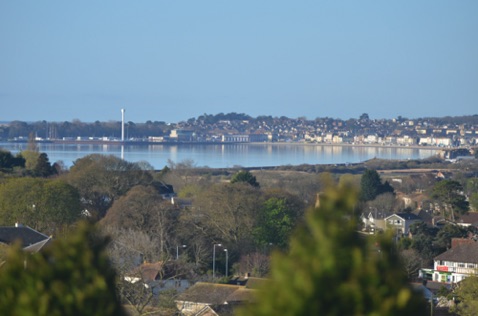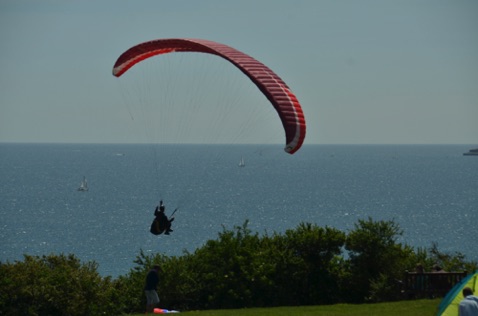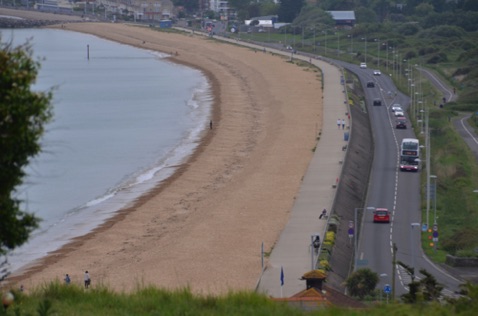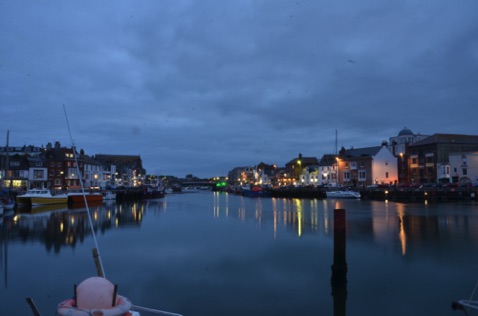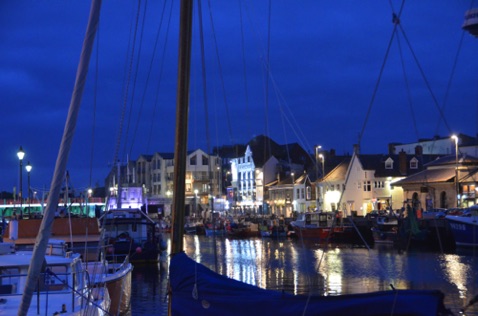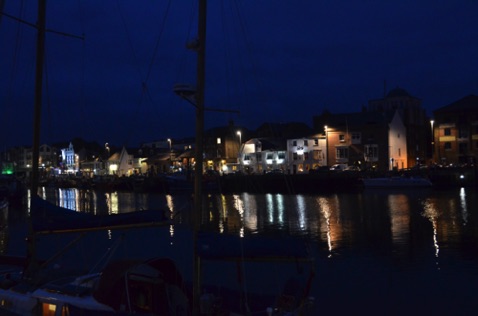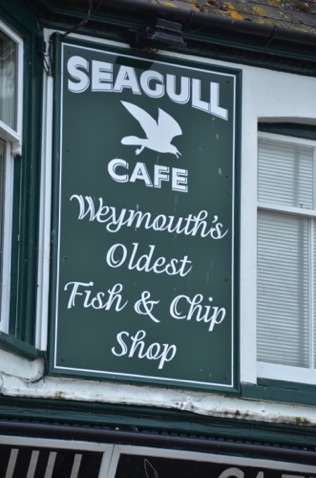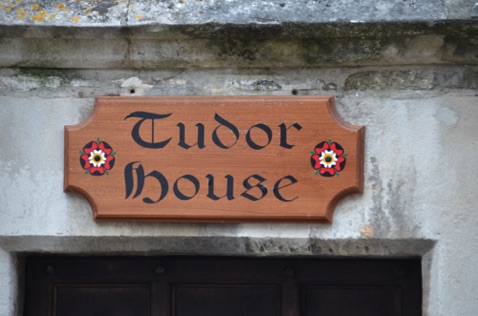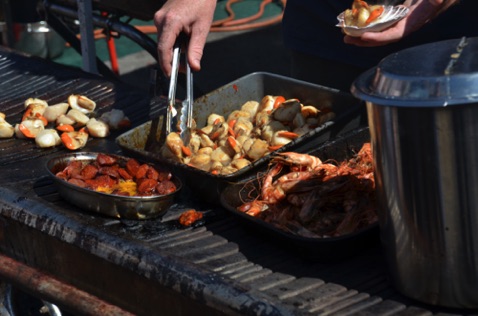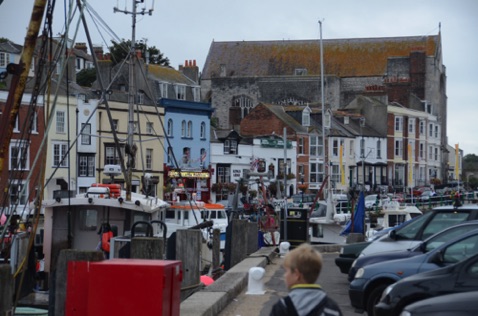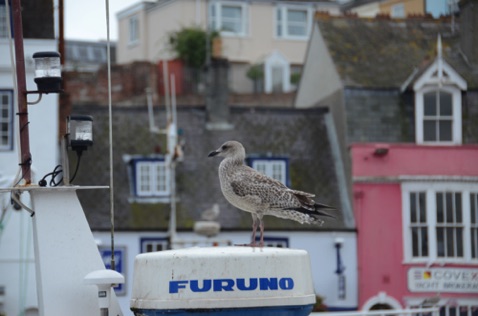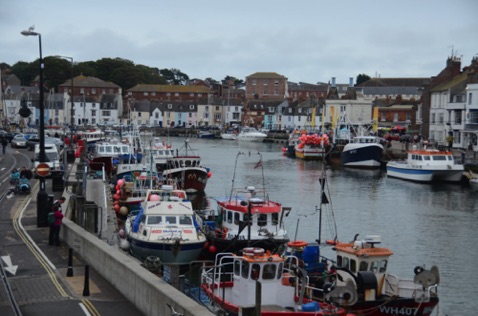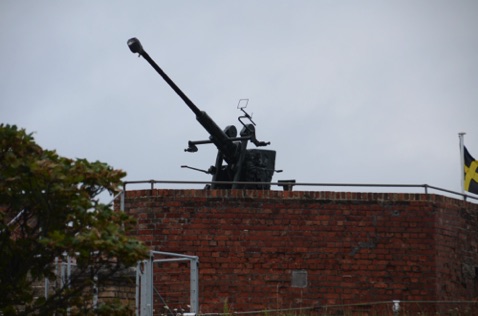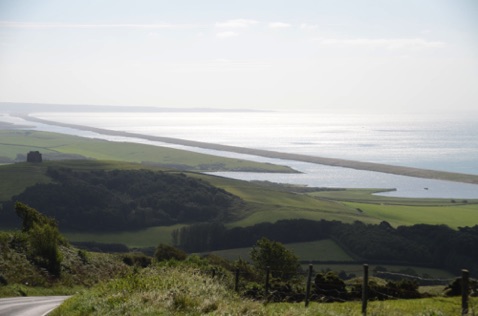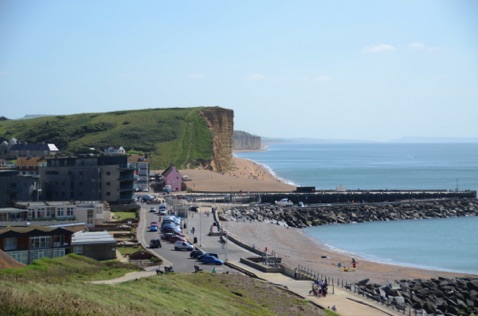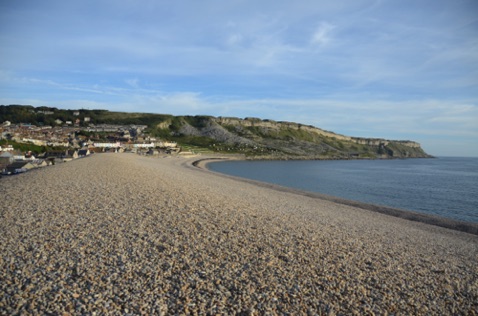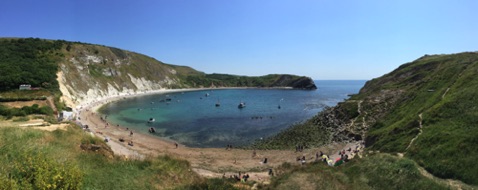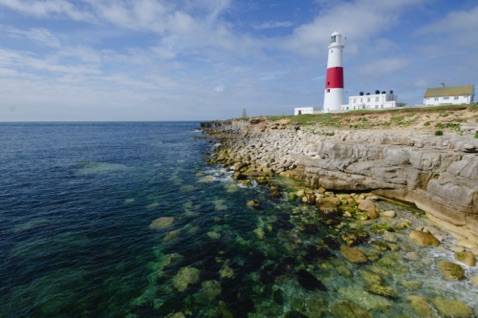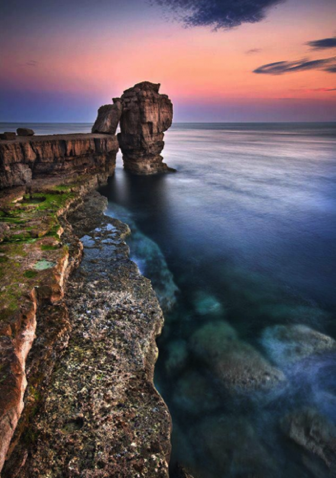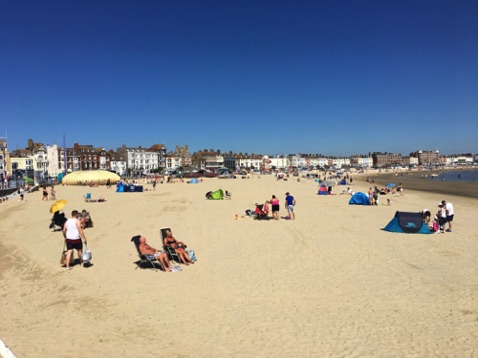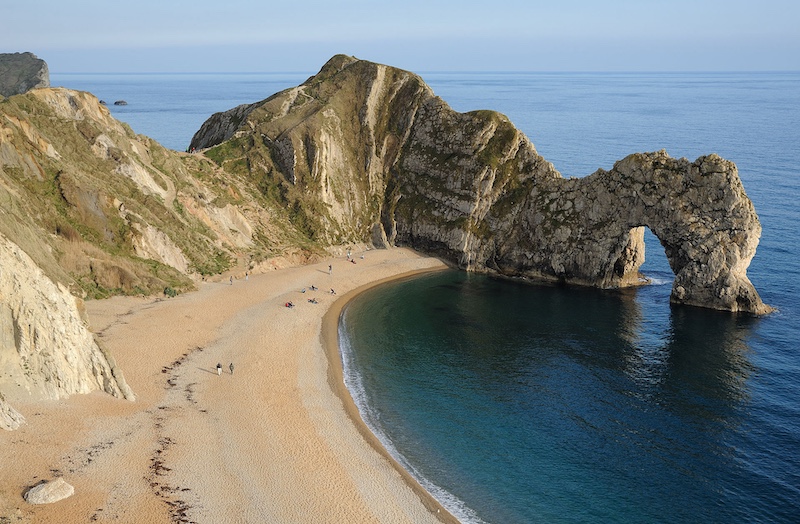
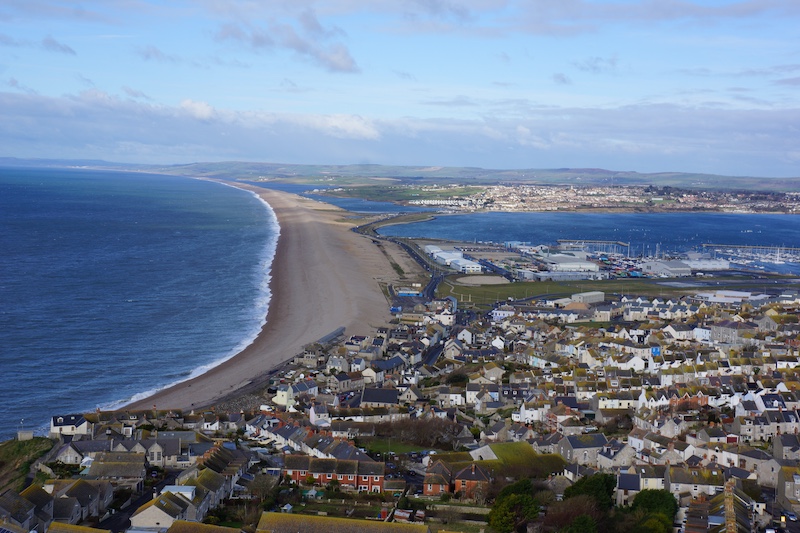
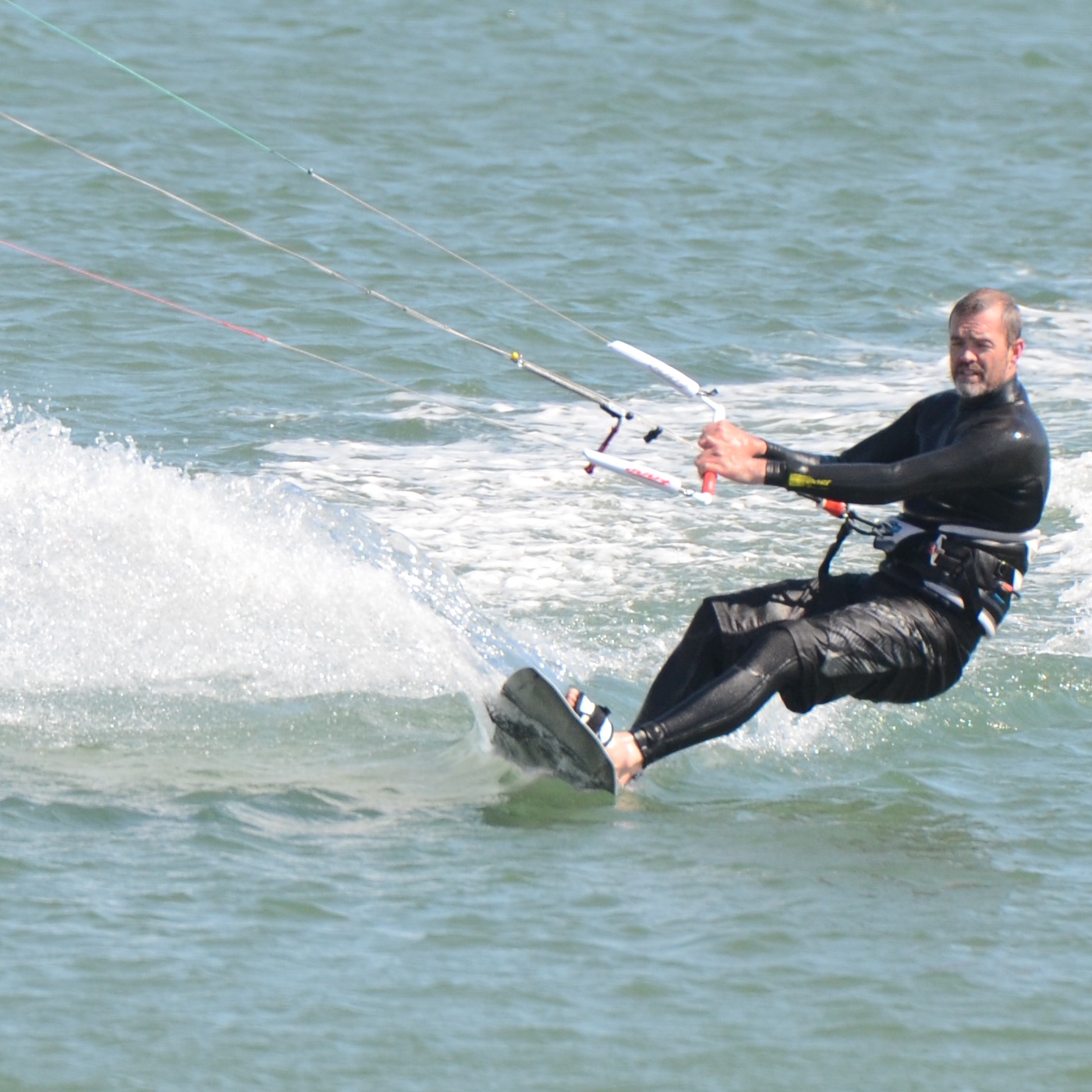
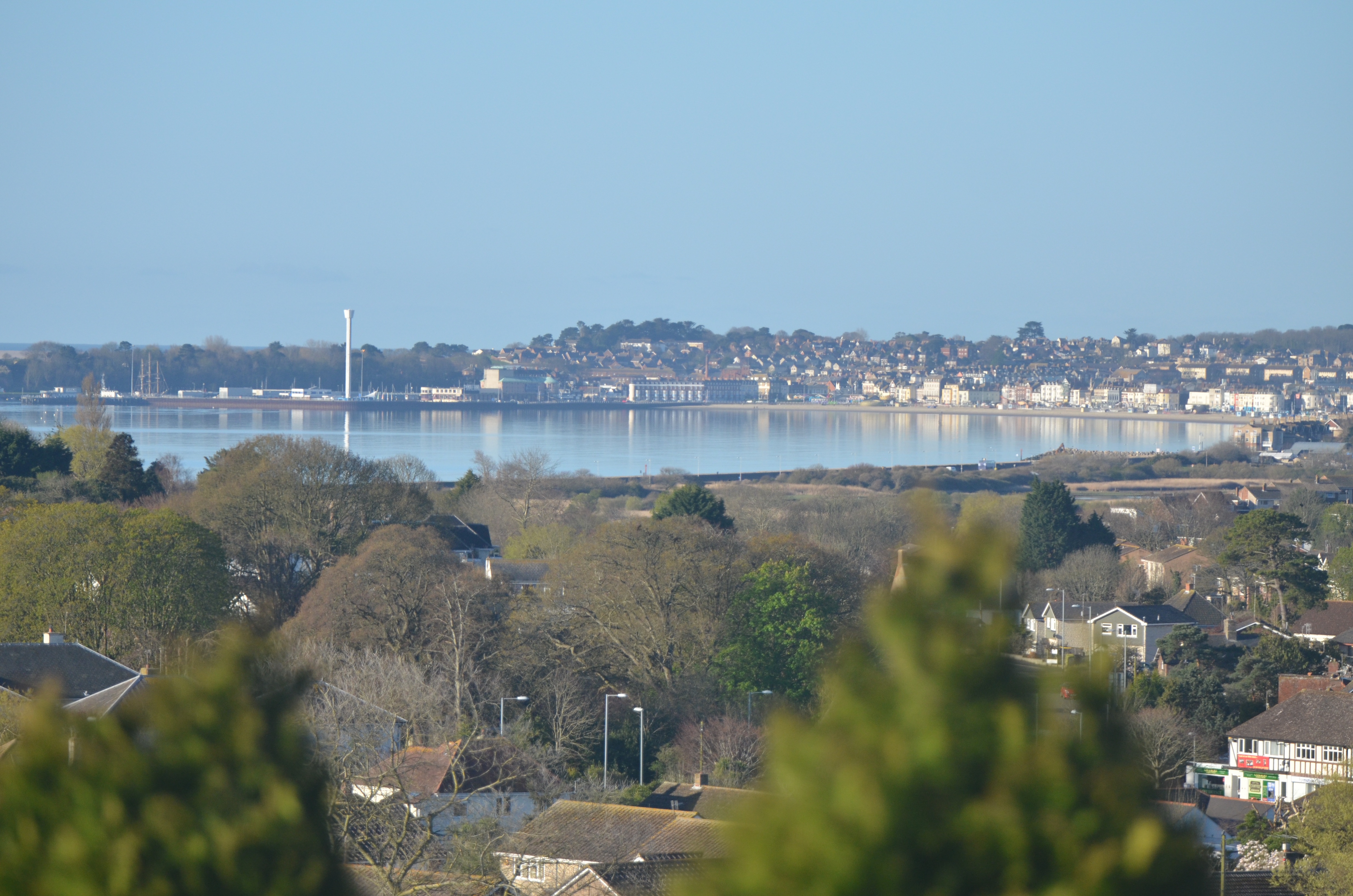
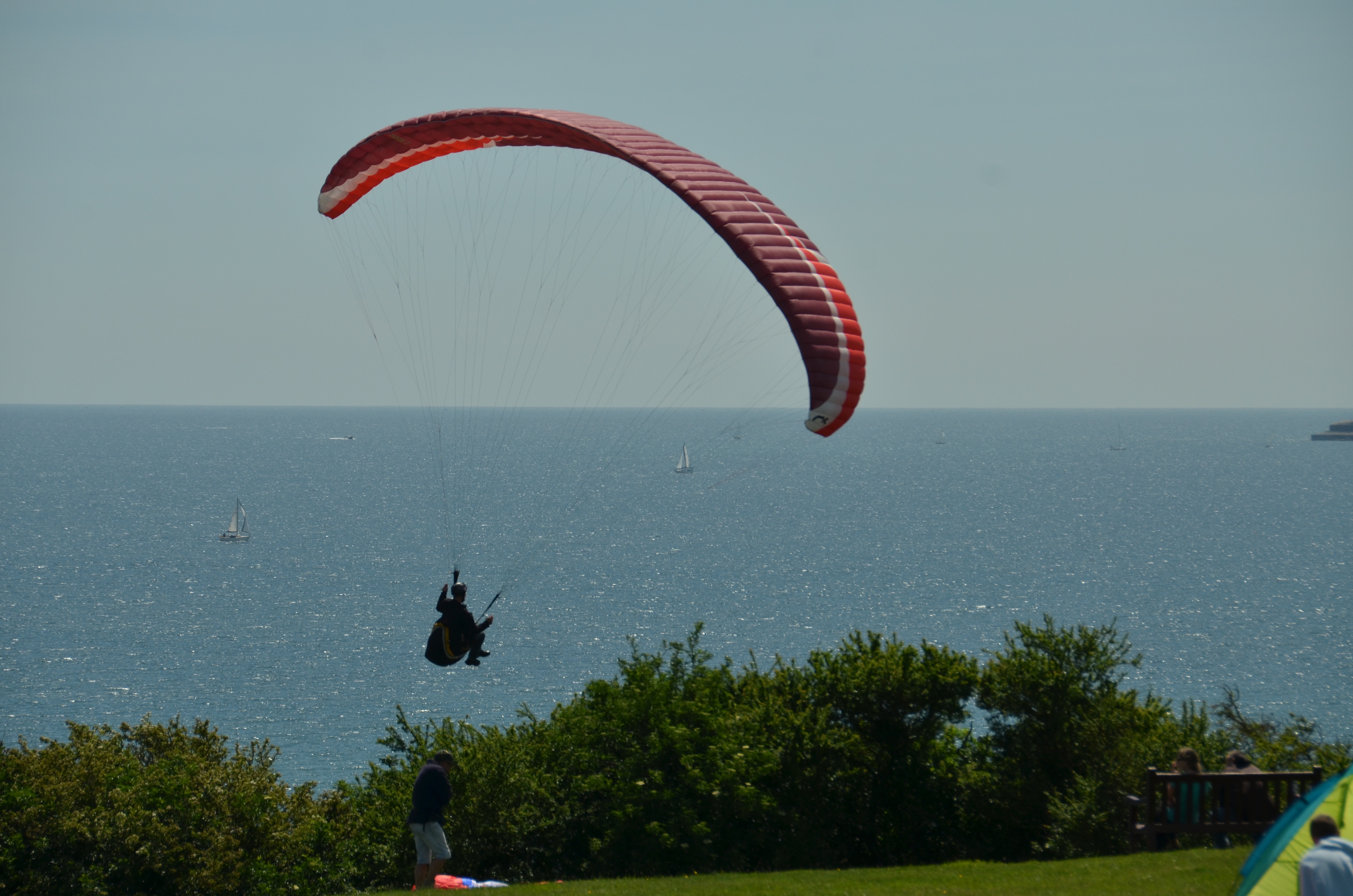
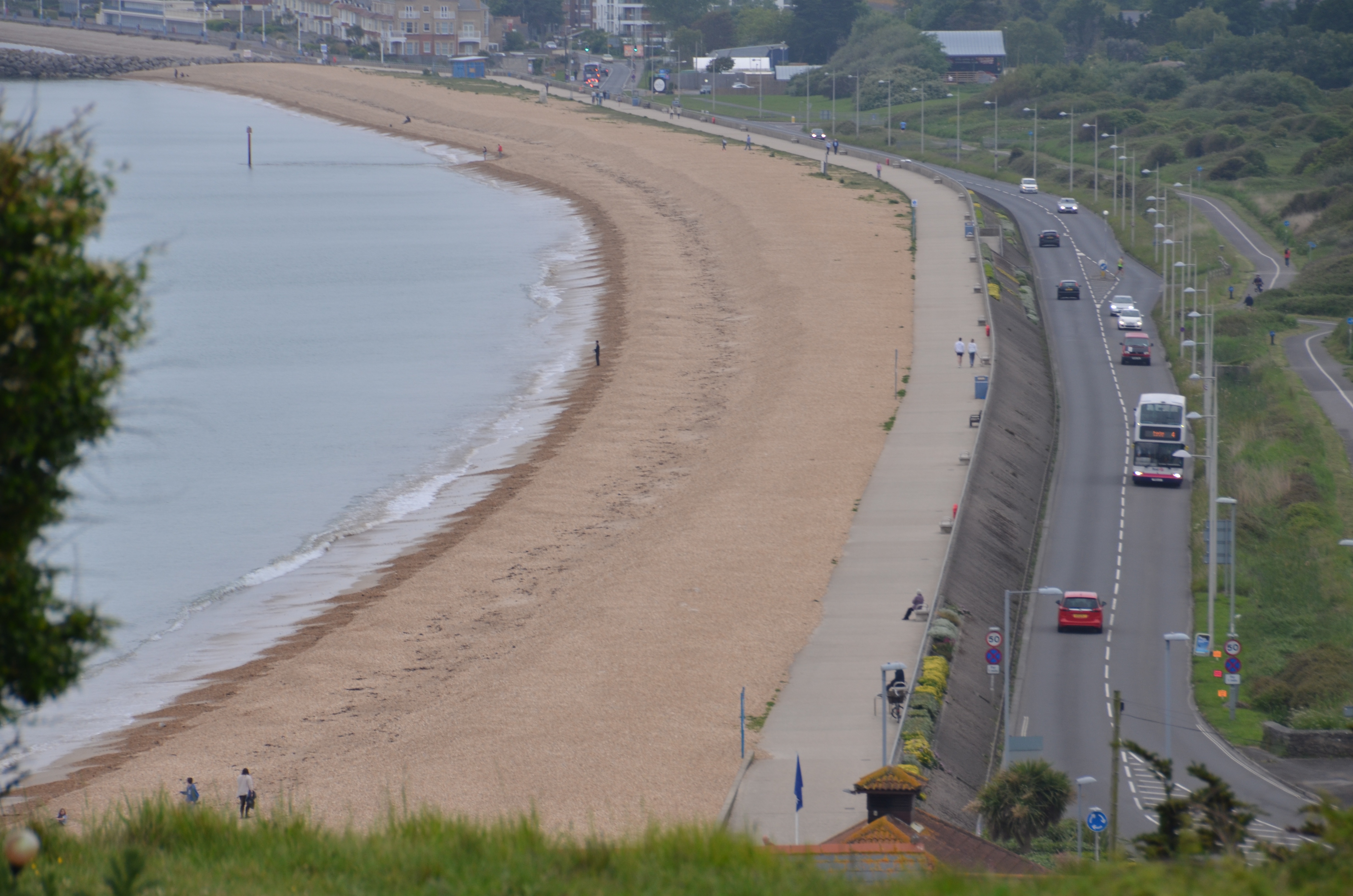
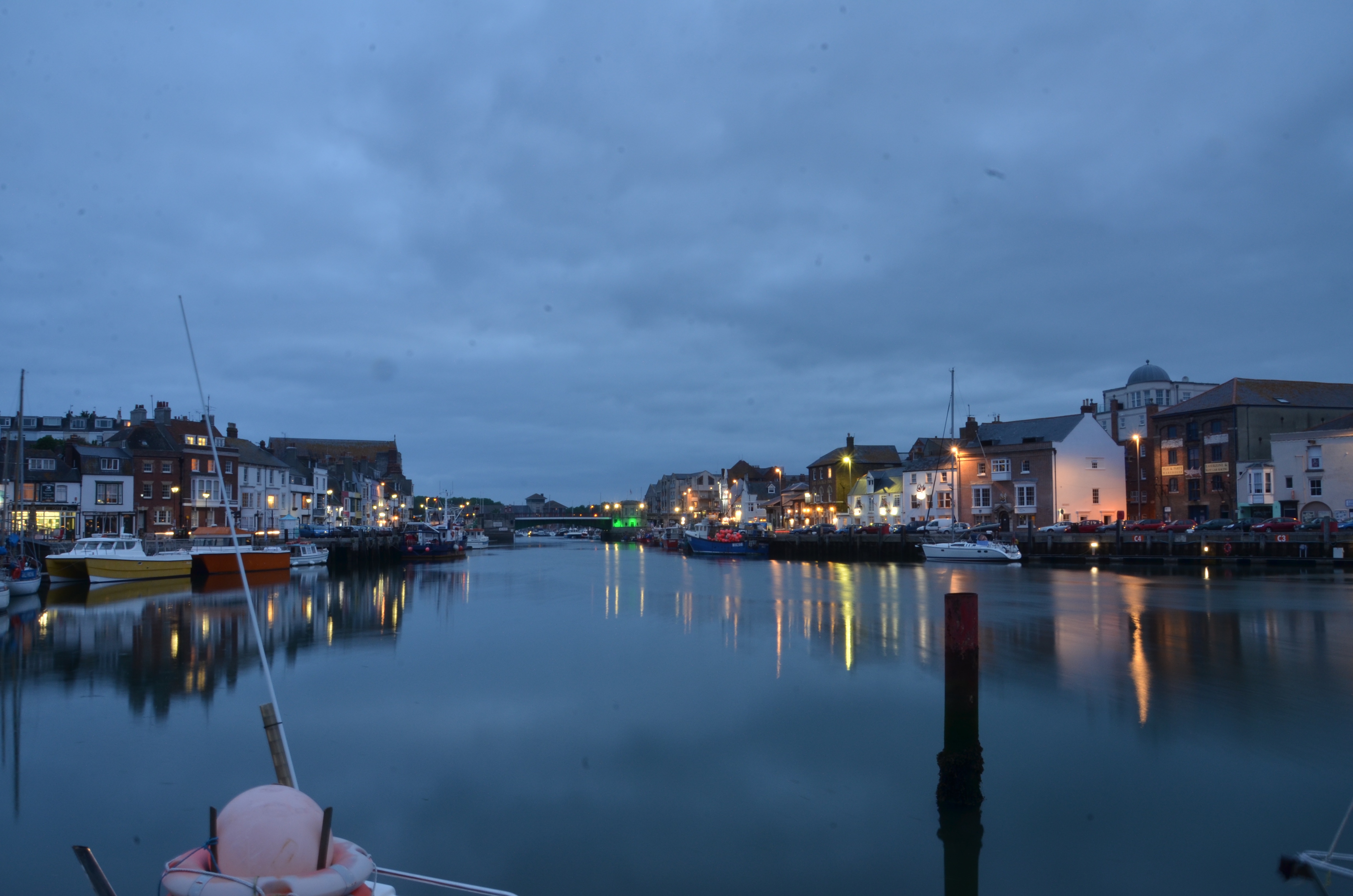
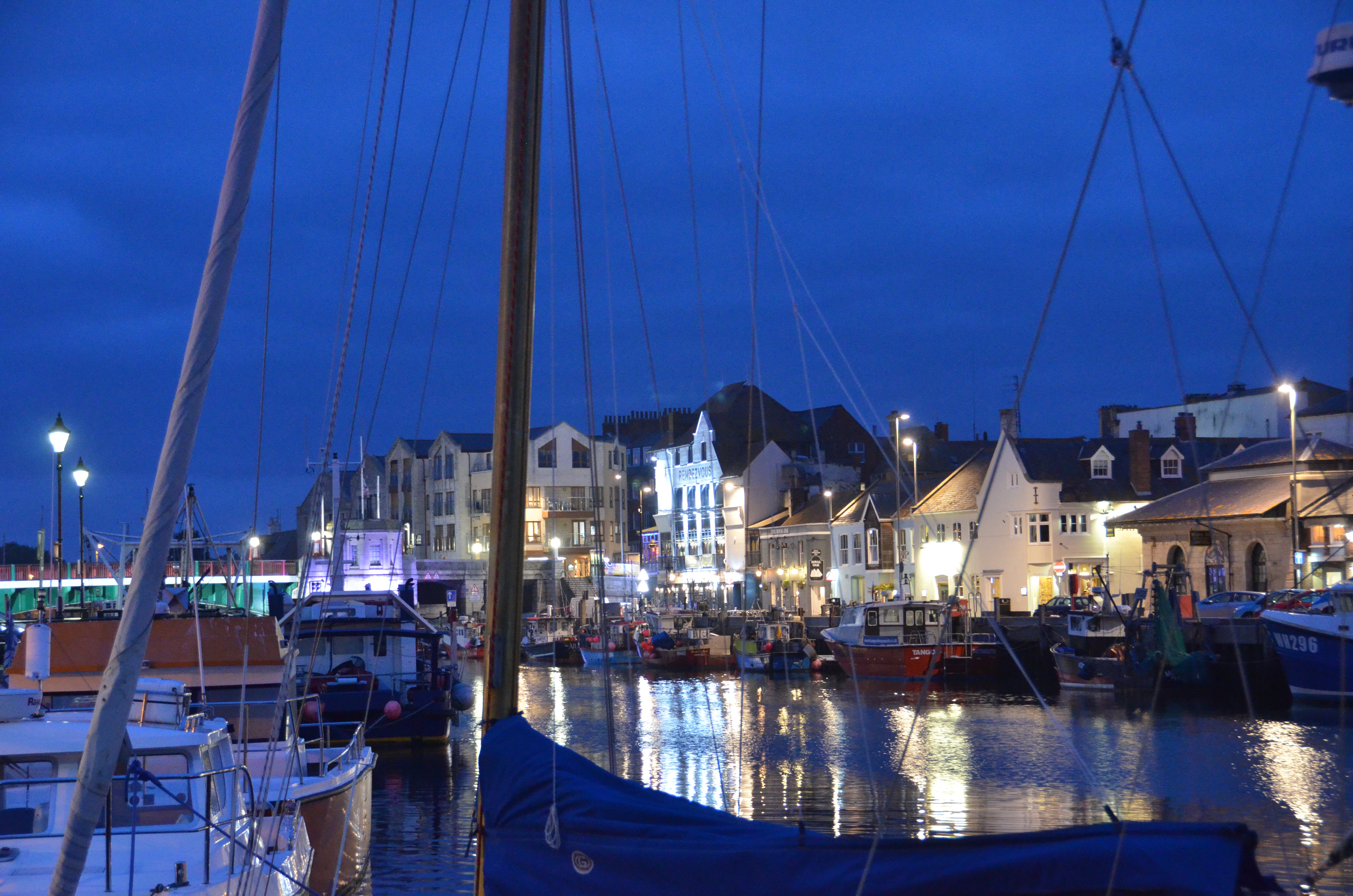
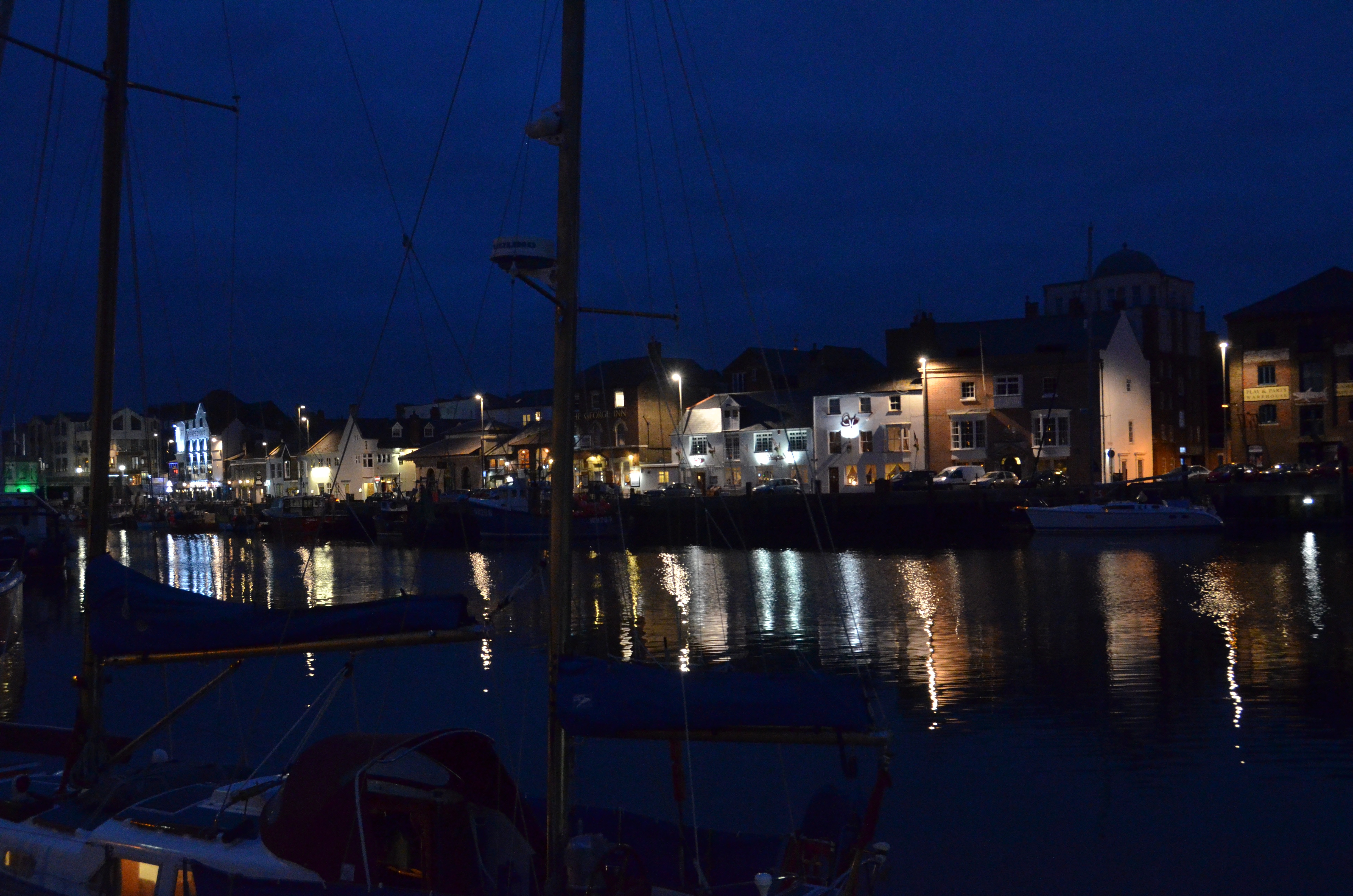
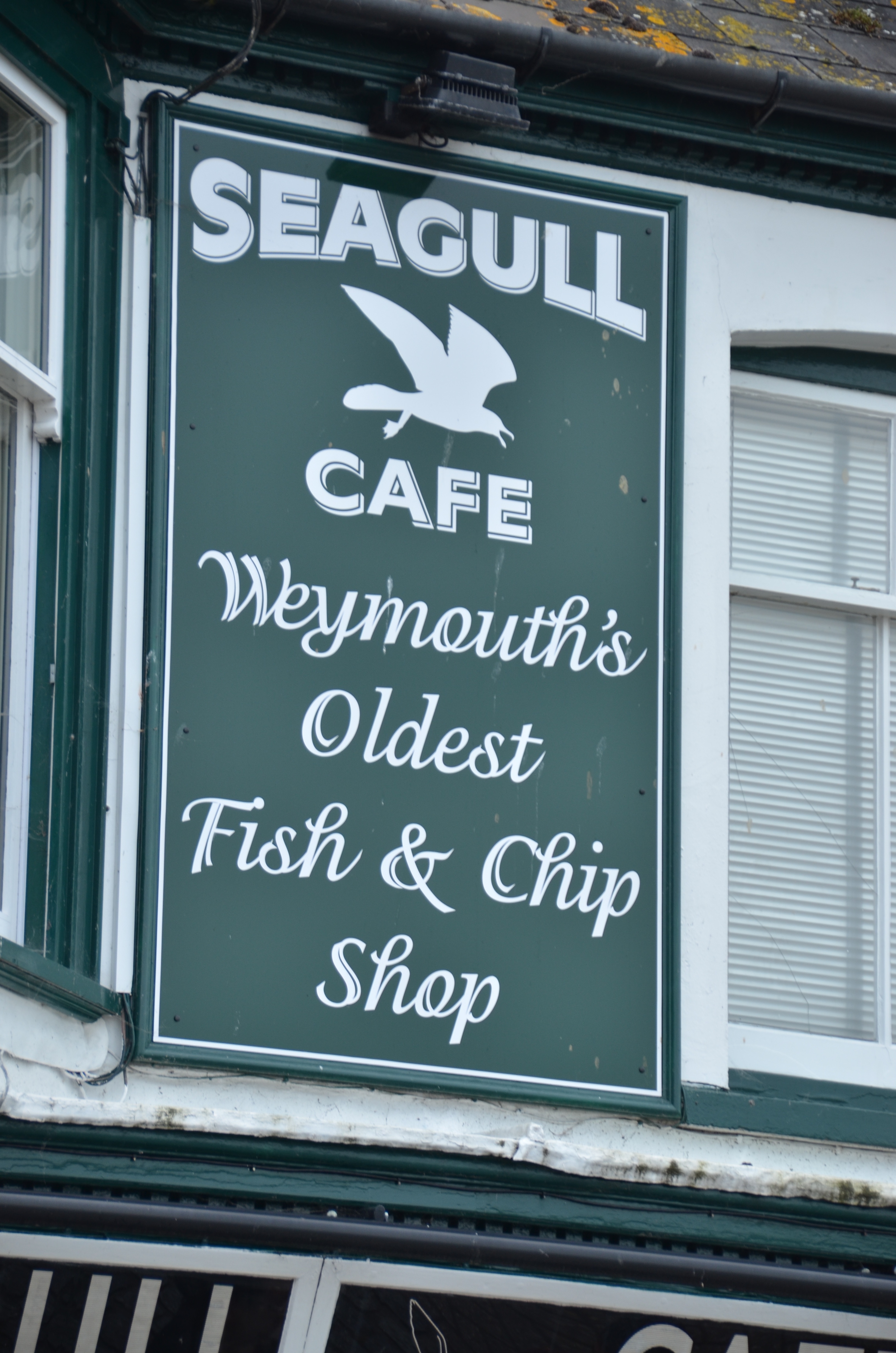
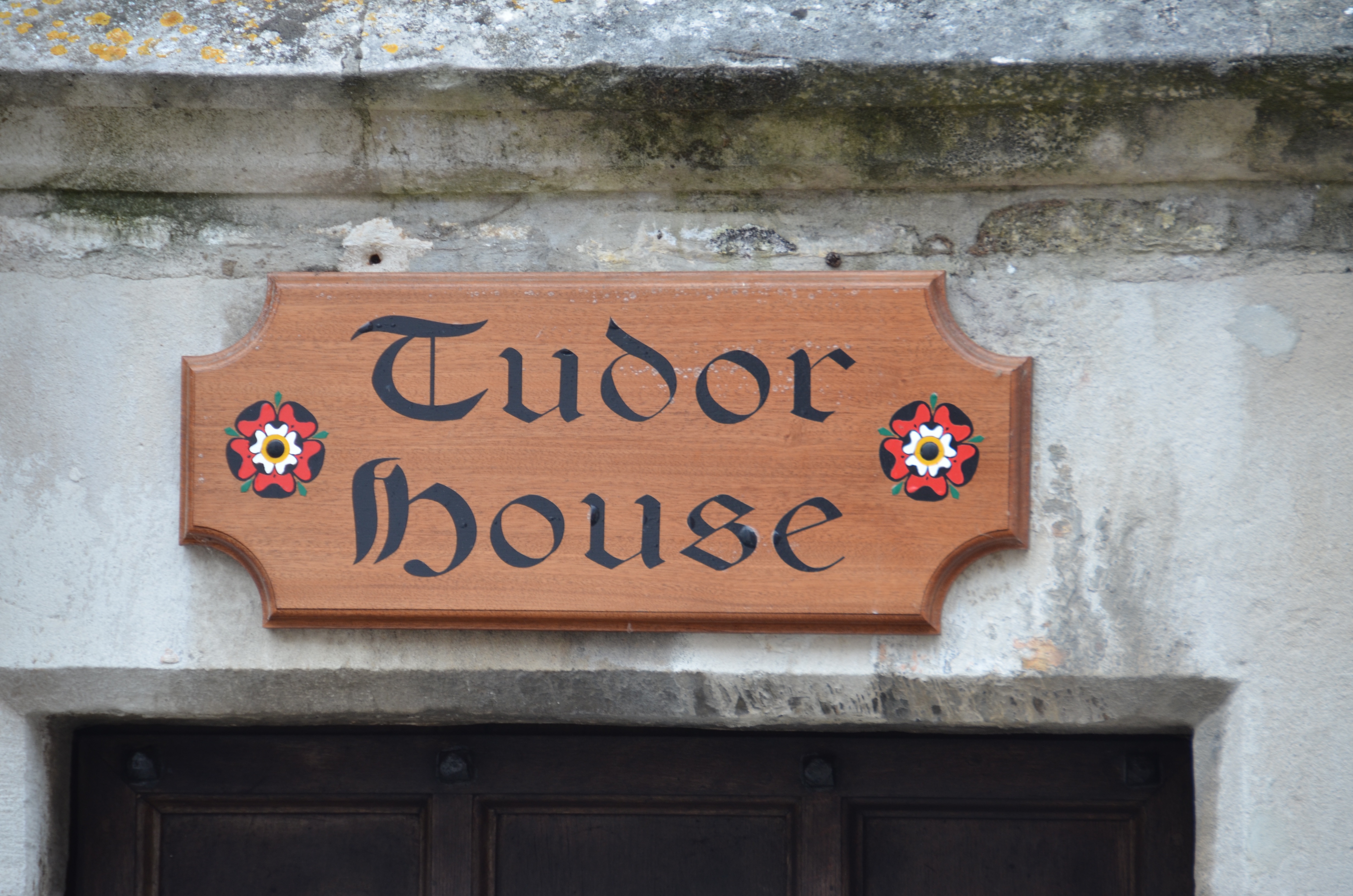
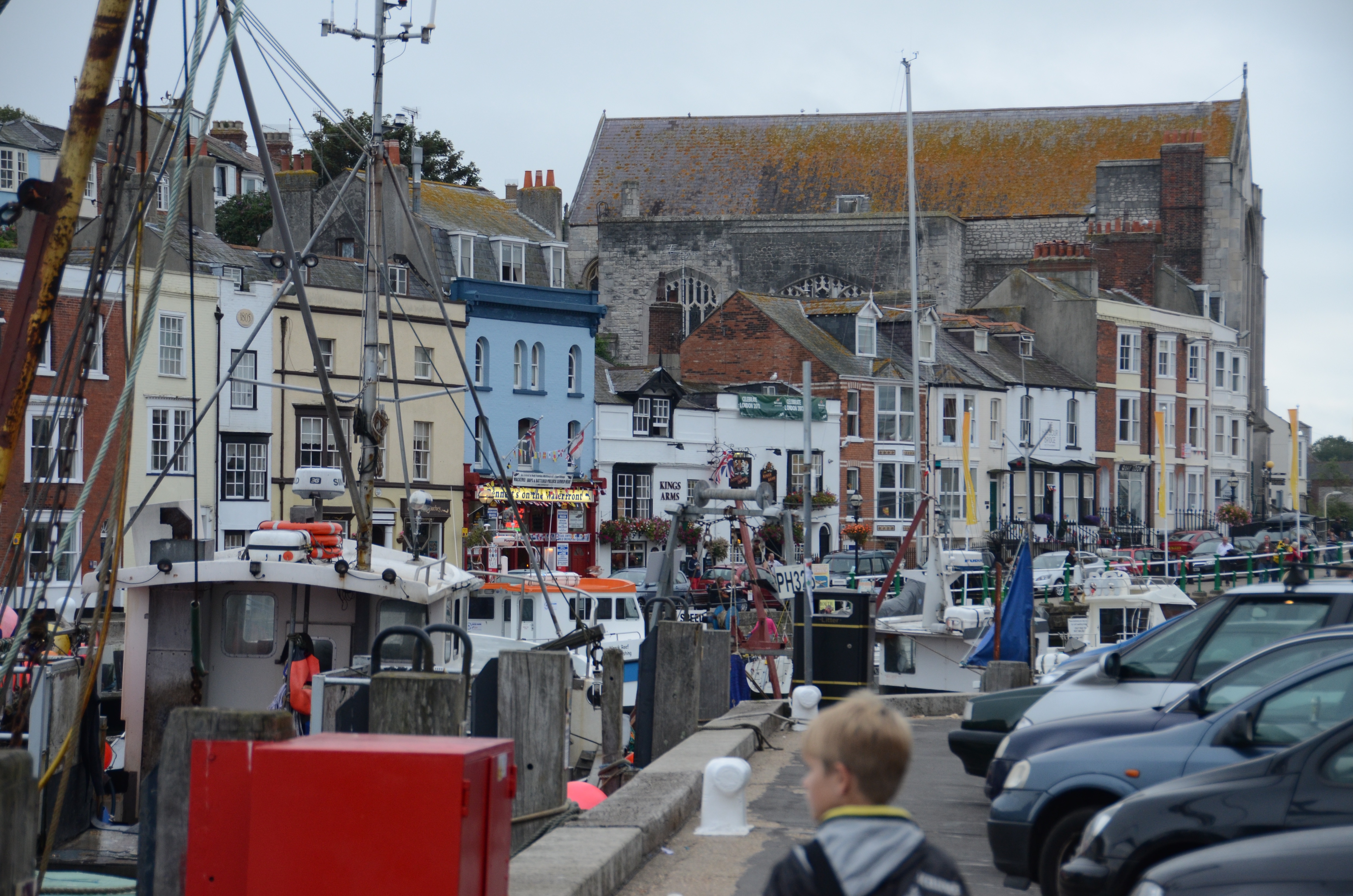
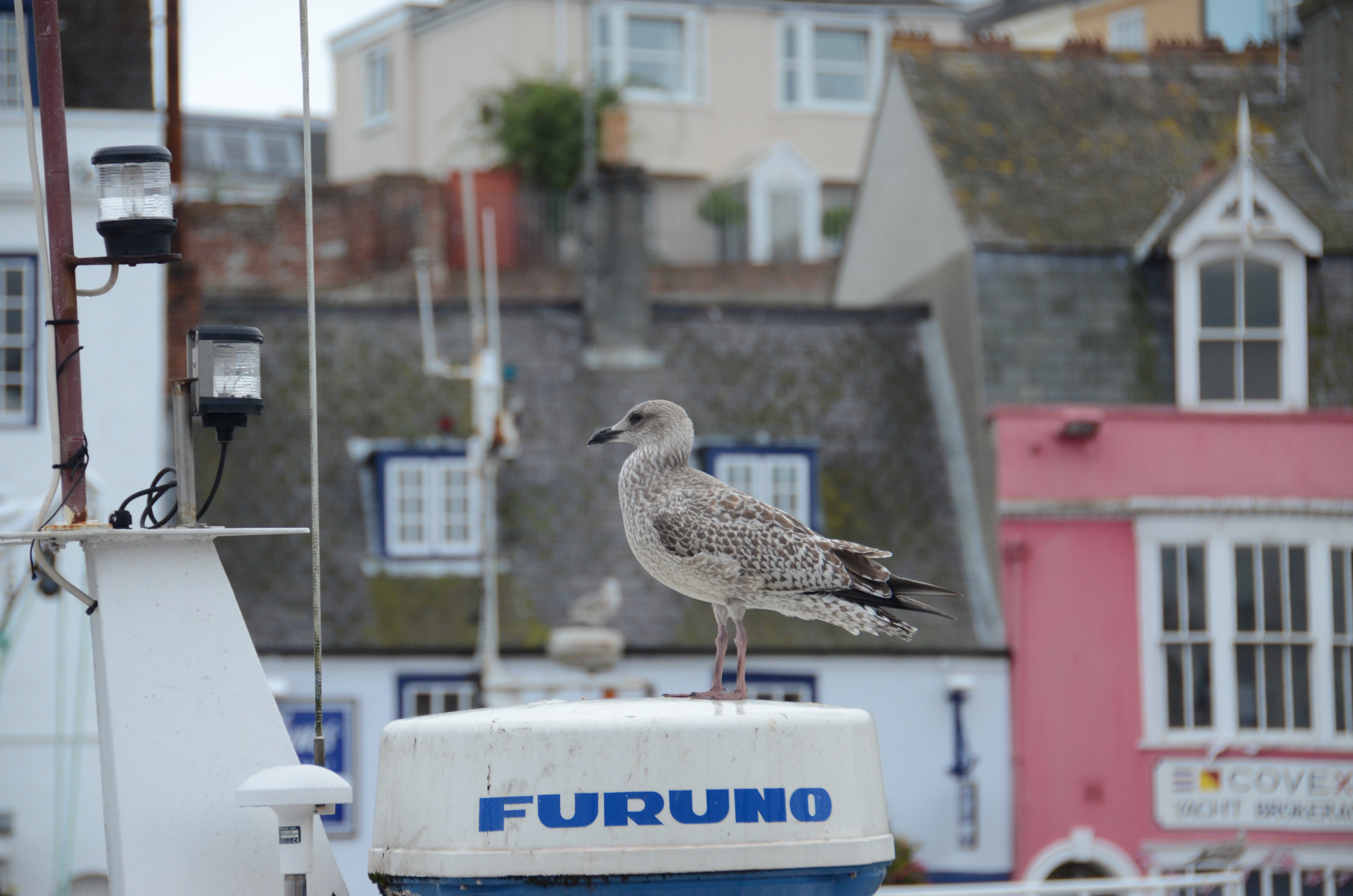
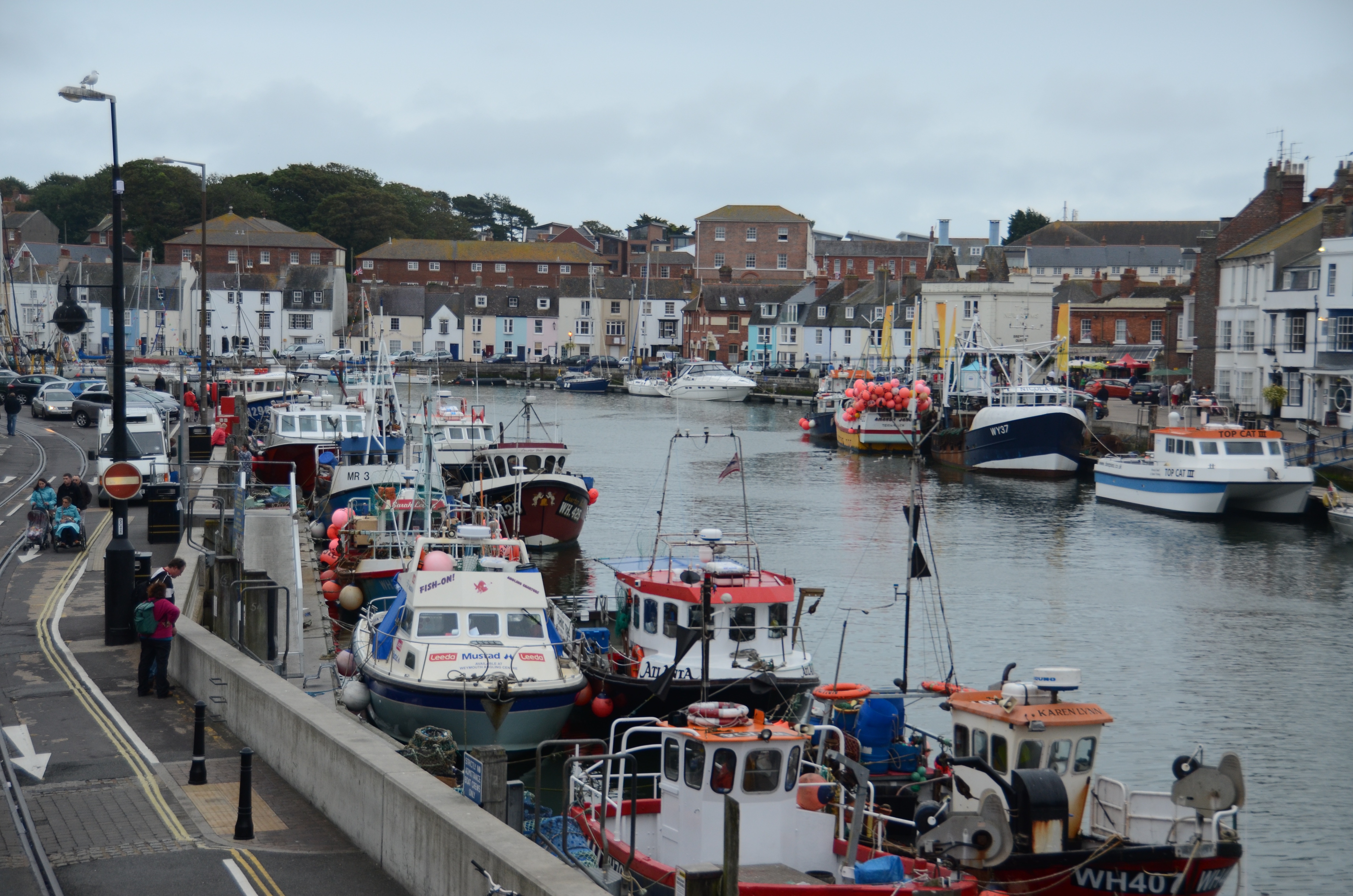
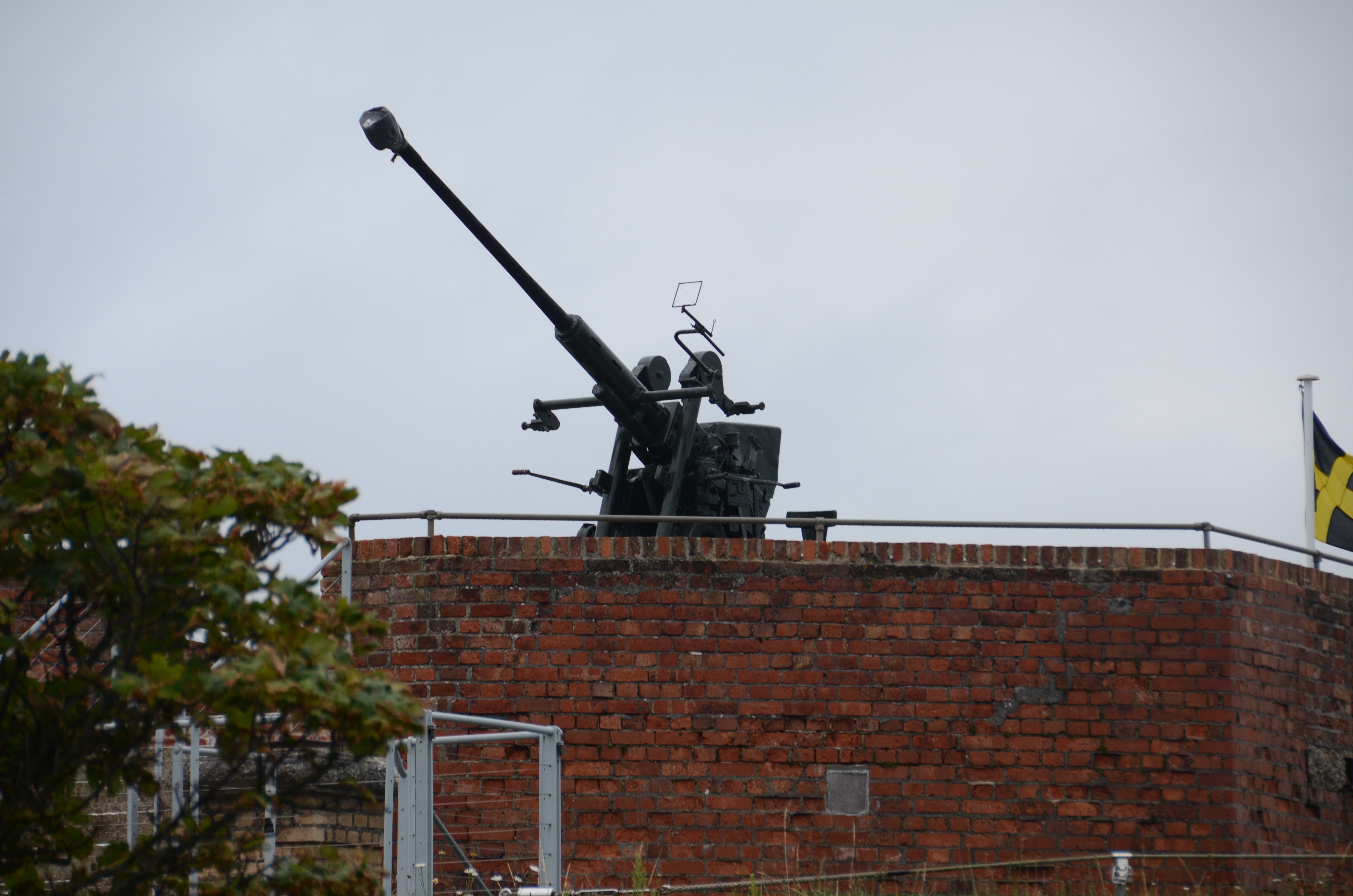
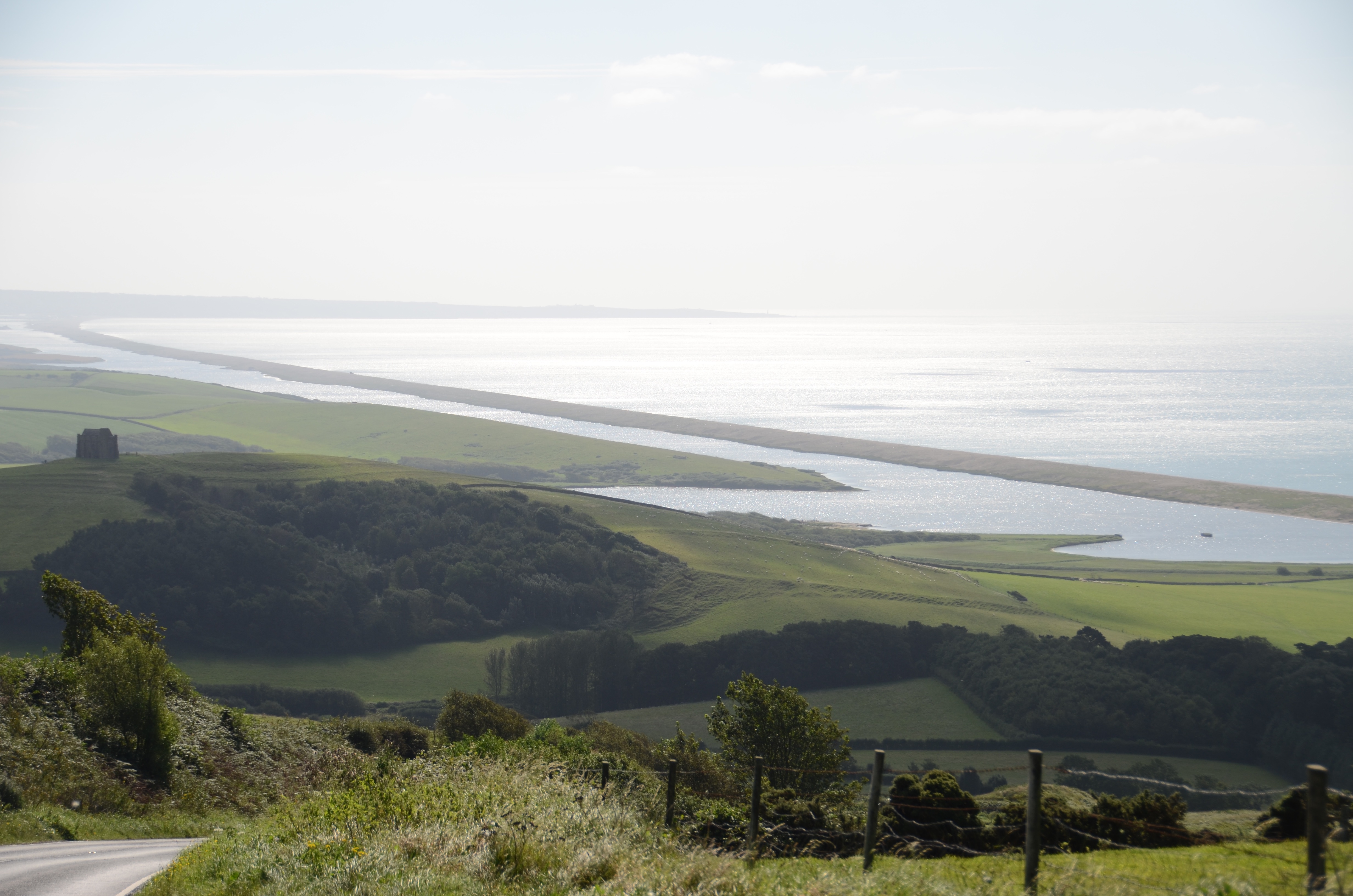
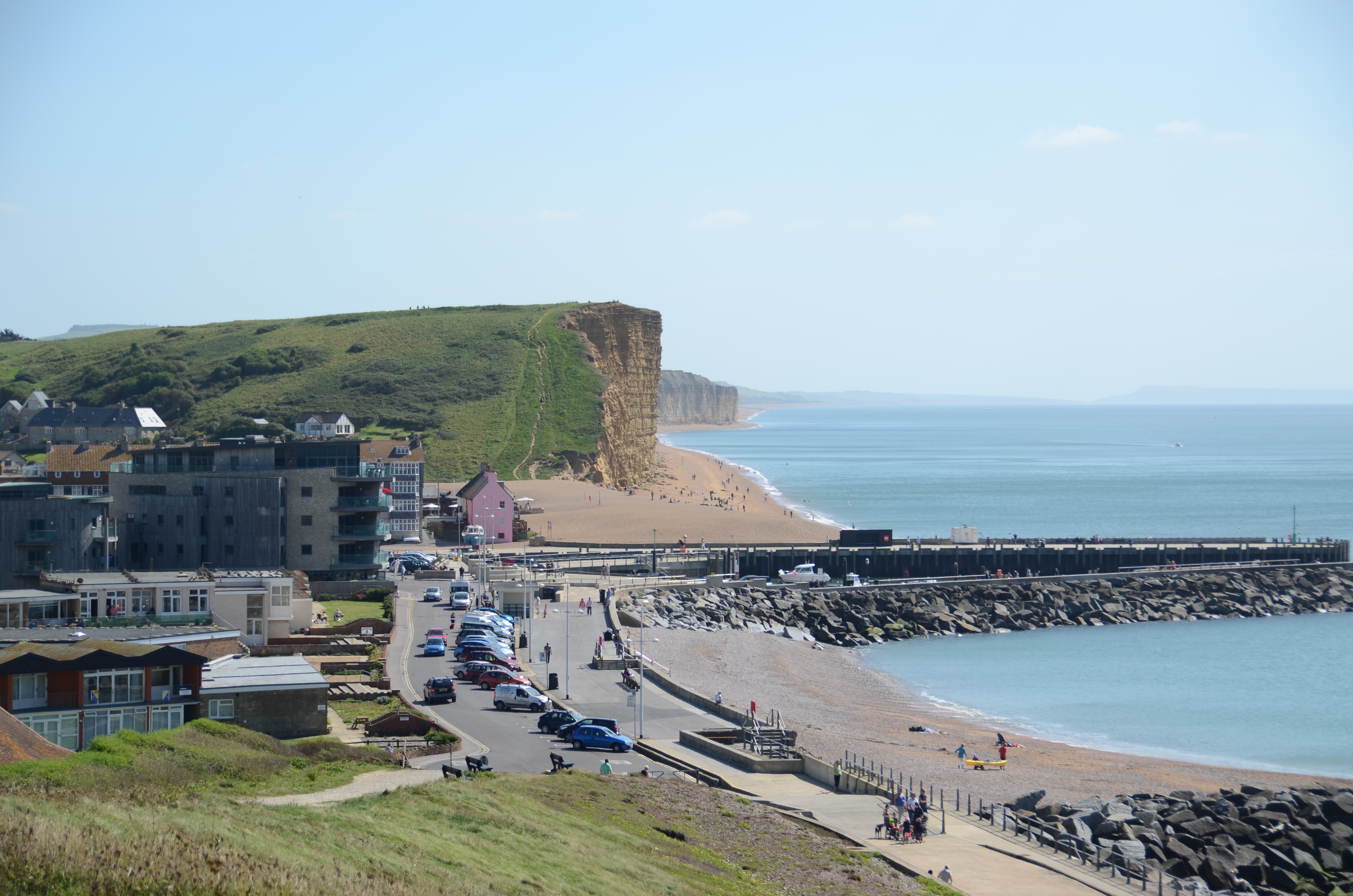
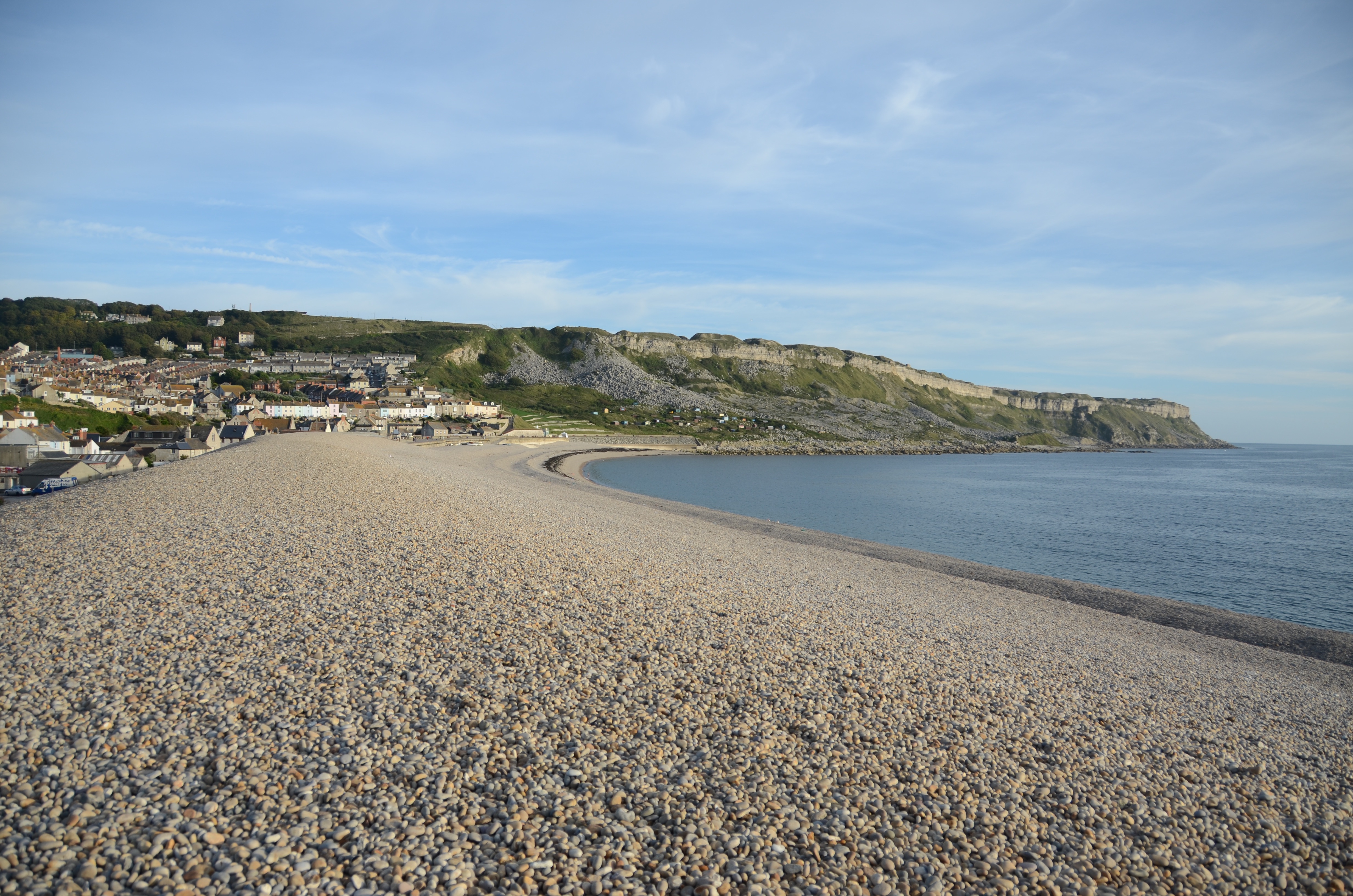
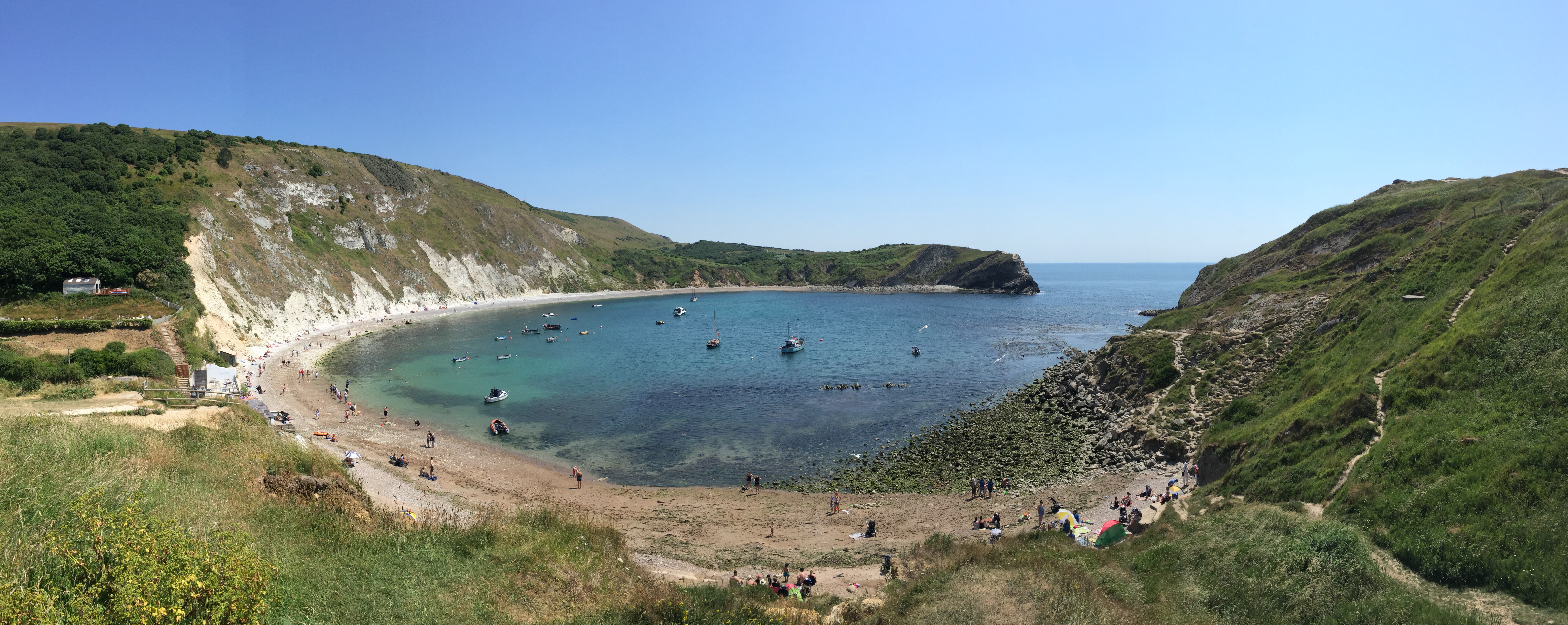
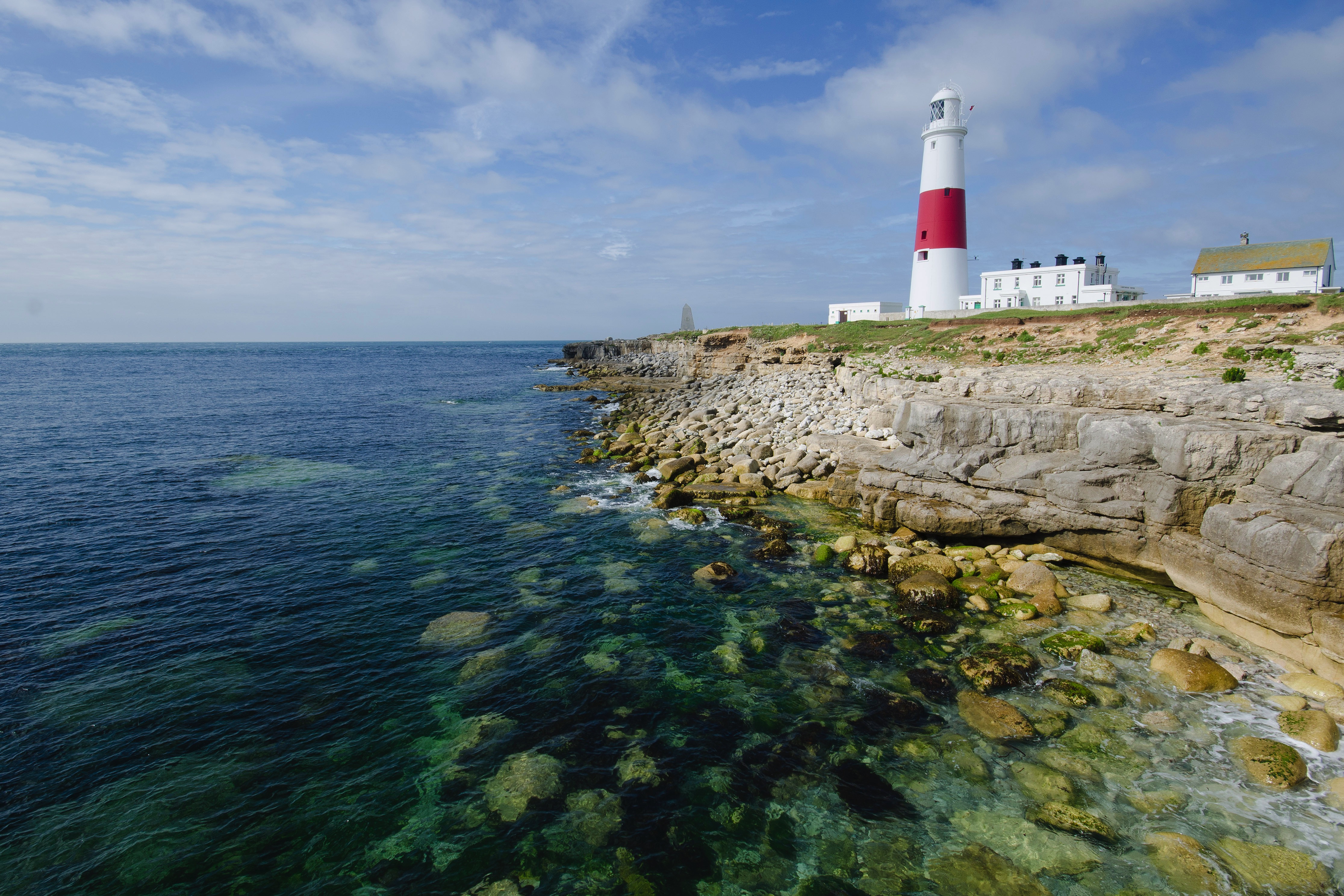
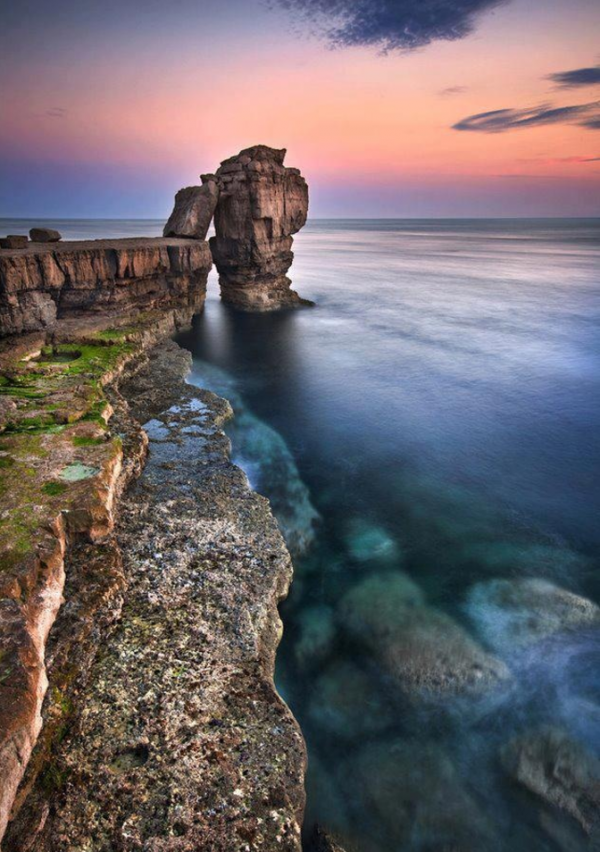
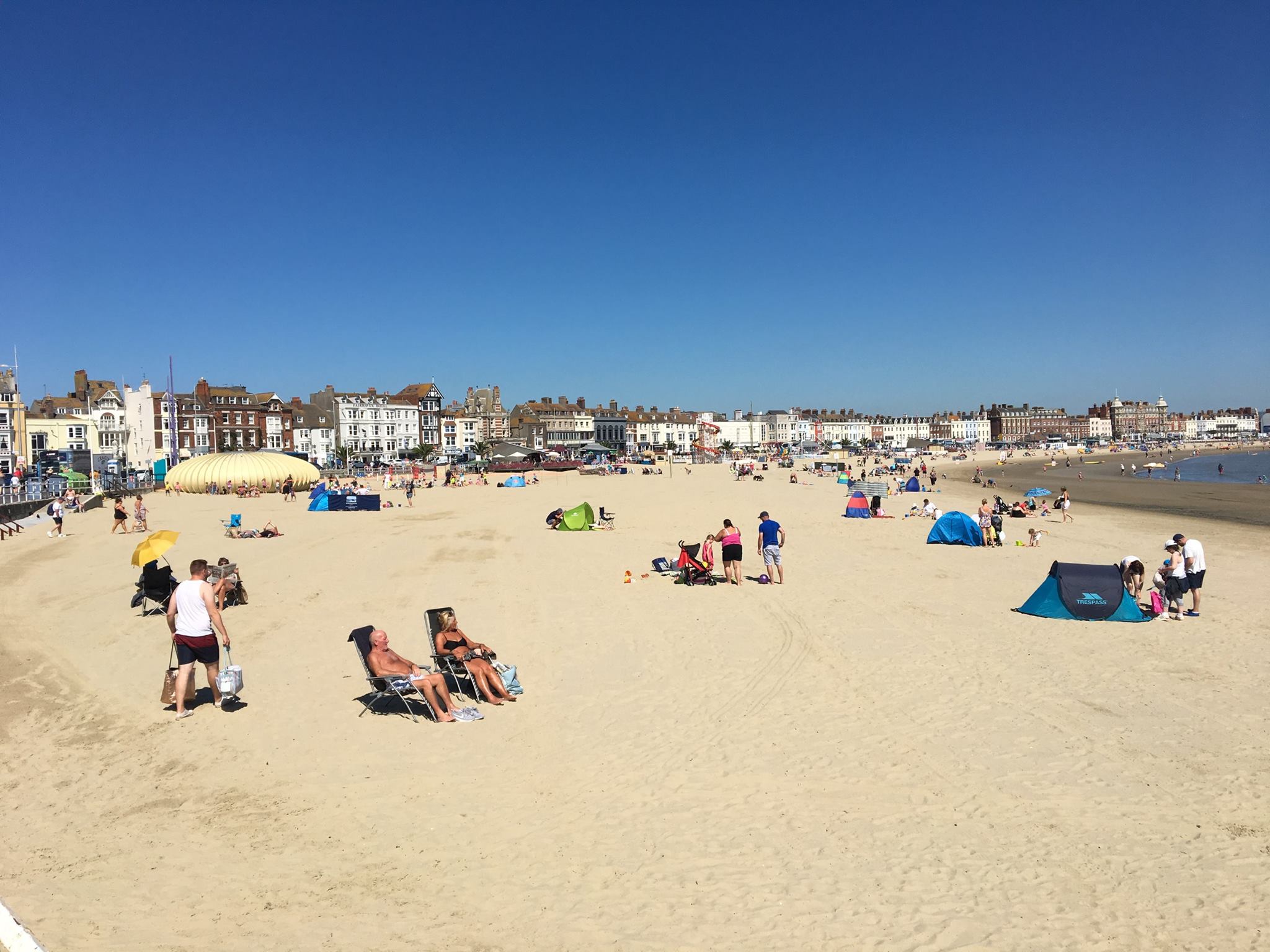
Special places
Durdle Door: Almost everybody who comes to Weymouth wants to go to Durdle Door. You can reach it in under a half an hour. Take the road towards Wareham and when you get to the junction on the A352 (Red Lion pub), turn right towards East Lulworth.
BTW, the climb back up from the Durdle Door beach back to the car park is quite strenous. The equivalent of about 15 flights of stairs.
Lulworth Cove a mile or so further east than Durdle Door, well worth a visit particularly to see Stair Hole, less than half a mile to the west, which is an infant cove which suggests what Lulworth Cove would have looked like a few hundred thousand years ago. This small area is also called the Dorset Crumple.
The sea has made a gap in the Portland and Purbeck limestone here, as well as a small arch. The sea has made its way through to the Wealden clays and begun eroding them.
Portland: The Isle of Portland is somewhere we send all our visitors and we have yet to have somebody who was disappointed.
Whether it is Portland Castle, the D-Day Centre in Castletown, Portland Museum, Church Ope Cove and Rufus Castle, Chesil Beach, Portland Bill or the sculptures in Tout Quarry Portland has plenty to offer.
Really good Fish and Chips at the Lobster Pot next to Portland Bill lighthouse, also breakfast at the Jail-House Café (In the Verne Prison run by prisoners).
And Portland really is an Isle and not a peninsular due to the fact that Chesil Beach is not land, just pebbles.
Chesil Beach/Bank is quite remarkable. 18 miles of Pebbles starting at Portland and running westwards along the coast and forming the Fleet with the famous Swannery.
Past St. Catherine's Chapel, Abbotsbury, the Subtropical Gardens, until it reaches West Bay, just south of Bridport. Officially a Tombolo.
You can easily walk on Chesil Beach near Portland. Just park when you reach Chiswell (the first part of Portland) and walk up to the top of the pebbles. The sea here in Lyme Bay can be very, very rough which was in olden times also referred to as "Dead Man's Bay". The bay is littered with wrecks which were driven on to the coast in storms.
Not so well known is that fact that Barnes Wallace used the Fleet in early testing of the famous "Bouncing Bomb" which was used in WWII to destroy the Möhne and Eder Dams.
Bovington Tank Museum: is a collection of armoured fighting vehicles at Bovington Camp.
It is about 1 mile (1.6 km) north of the village of Wool.The collection traces the history of the tank. With almost 300 vehicles on exhibition from 26 countries it is the largest collection of tanks and the third largest collection of armoured vehicles in the world. It includes Tiger 131, the only working example of a German Tiger I tank, and a British First World War Mark I, the world's oldest surviving combat tank.
Here is a printable PDF called Paul's Tour with further descriptions and maps. It is a very large file which might take time to download.
